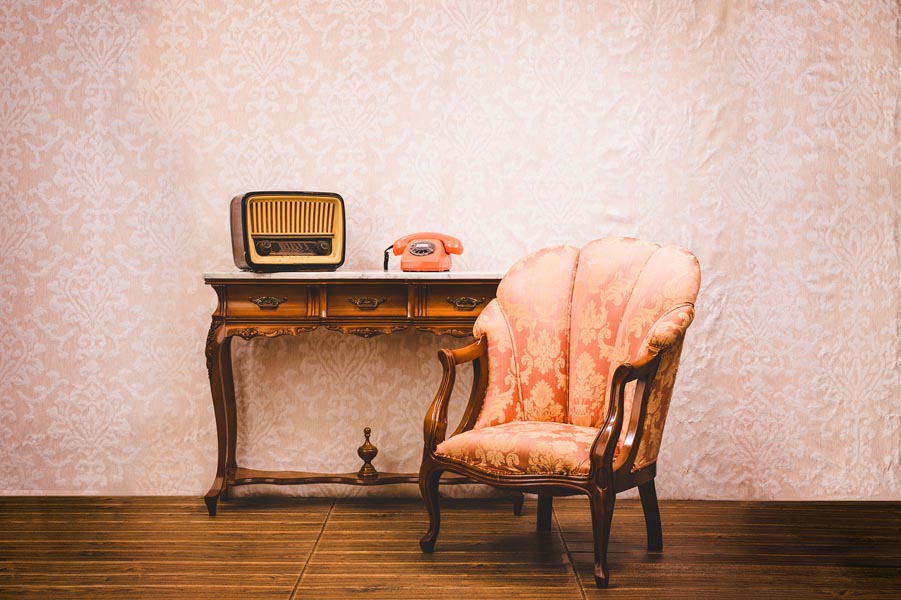
28 Oct Upholstery Upcycling: Transforming Thrift Store Finds into Treasure?
There’s something magical about finding an old, overlooked chair or couch at the back of a thrift store and envisioning its potential. Upholstery upcycling is more than just a DIY trend—it’s a way to turn that secondhand piece into something uniquely yours while keeping waste out of landfills. And the best part? With a few tools, some creative fabric choices, and a little bit of elbow grease, you can bring even the most unassuming finds back to life.
See Beyond the Surface
When you’re shopping for furniture to upcycle, look past the worn fabric and surface scratches. Look for solid structures and pieces with character; think hardwood frames, sturdy springs, and interesting details like carved legs or unique silhouettes.
Check the piece’s framework. Does it feel stable when you sit on it? A sturdy wood frame with minimal wear is ideal for reupholstering. Avoid items that seem wobbly or have visible cracks in the structure.
Choosing the Perfect Fabric
The fabric you choose for upcycling can completely redefine a piece. Think of it as your blank canvas, where you can go bold, elegant, or eclectic, depending on the look you’re going for.
- Durability Matters: For everyday furniture, look for upholstery-grade fabrics that are designed to withstand wear. Cotton blends, linen, and velvet are popular choices that offer a balance of durability and comfort.
- Play with Patterns and Textures Don’t shy away from experimenting! Stripes, florals, or even geometric prints can bring out a vintage vibe, while neutral tones lend an elegant, timeless feel. Mix textures too – a velvet armchair paired with a woven back can add dimension.
Tools of the Trade
Upcycling upholstery doesn’t require a workshop full of tools. A few essentials will get you started, with plenty of room to build your toolkit as you go.
- Staple Gun – A staple gun is a must for securing fabric. Opt for a heavy-duty model if you’re working with thicker materials.
- Pliers and a Staple Remover – To strip off old upholstery, pliers and a staple remover will help you pull out the hundreds of tiny staples holding that ancient fabric in place.
- Foam and Batting – Many thrift store finds have foam that’s, well, past its prime. Fresh foam and batting will add comfort and a polished look.
Mastering the Process: Taking It One Step at a Time
Upcycling can feel overwhelming, especially if you’re new to the process. Break it down into steps to make the task more manageable.
Start by carefully removing the old upholstery. Take note of the original layout and any stitching details. Clean the frame and any exposed areas thoroughly to ensure a smooth finish.
Measure each section you plan to cover and cut fabric pieces accordingly. Cutting a bit larger than necessary gives you room for adjustments.
Conclusion
Upcycling isn’t just about refreshing old furniture; it’s about telling a new story with a piece that’s seen generations. Each thrift store find holds the potential for reinvention, and with a little time and creativity, you can turn discarded items into the treasures they were meant to be. So the next time you wander past that slightly shabby armchair in the thrift shop, give it a second look—it might just become the next centerpiece of your home, reimagined and reborn.


